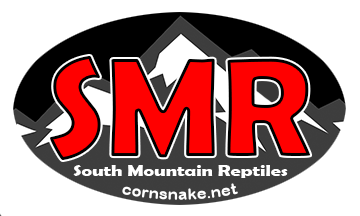Substrate
🐍 Choosing the Best Substrate for Corn Snakes

The primary purpose of an absorbent substrate is to manage moisture from feces and spills. By absorbing and desiccating this moisture, the substrate controls odors and promotes a healthy, germ-free environment for your snake.
A secondary function is providing essential insulation to buffer your snake from temperature extremes (especially heat from Under-Tank (UT) devices).
🛑 The Three Substrate DON'Ts (Toxic & Dangerous)
Avoid these materials entirely as they pose significant health and safety risks to your corn snake:
| Category | Material | Danger / Why to Avoid |
| Toxic Woods | CEDAR (and other highly resinous woods) | Contains oils and resins that are toxic to snakes via inhalation, ingestion, and skin absorption. |
| Bark Products | ANY KIND OF BARK (including pine/fir bark) | Often contains the highest resin concentrations and poses a high risk of lethal intestinal impaction if ingested. |
| Non-Absorbent | SAND or GRAVEL | Non-absorbent, promoting bacterial growth and odor. Indigestible and abrasive to the snake’s skin and eyes, causing internal injury and impaction if consumed. |
✅ Recommended & Safe Substrates
We recommend options that offer superior absorbency, insulation, and safety:
Aspen Bedding
- Why it's the Best: This is a naturally absorbent hardwood substrate favored by most breeders for its low risk of toxicity, neutral smell, and excellent desiccating properties.
- Recommended Type: Use shredded aspen over flake. The strand-like shape of shredded aspen creates a matrix that helps tunnels hold their shape, supporting the snake's natural burrowing behavior.
- Maintenance: Easy to spot-clean, with a total replacement needed only a few times a year.
🚫 Materials to Use with Extreme Caution
- Pine and Fir Pulp Shavings: These contain higher levels of potentially toxic oils and resins. Only use for adult corn snakes in well-ventilated cages. Ingestion can lead to intoxication and pollution of drinking water.
❌ Substrates to Avoid for Other Reasons
- Cage Carpeting: Not absorbent, which promotes bacterial growth and odors. It also does not provide a safe thermal buffer against UT heating devices.
Contact Us
Tel:830-964-3303
Don Soderberg
South Mountain Reptiles
Canyon Lake, TX
Facebook: https://www.facebook.com/southmountainreptiles
Instagram: https://www.instagram.com/smrcornsnakes/
